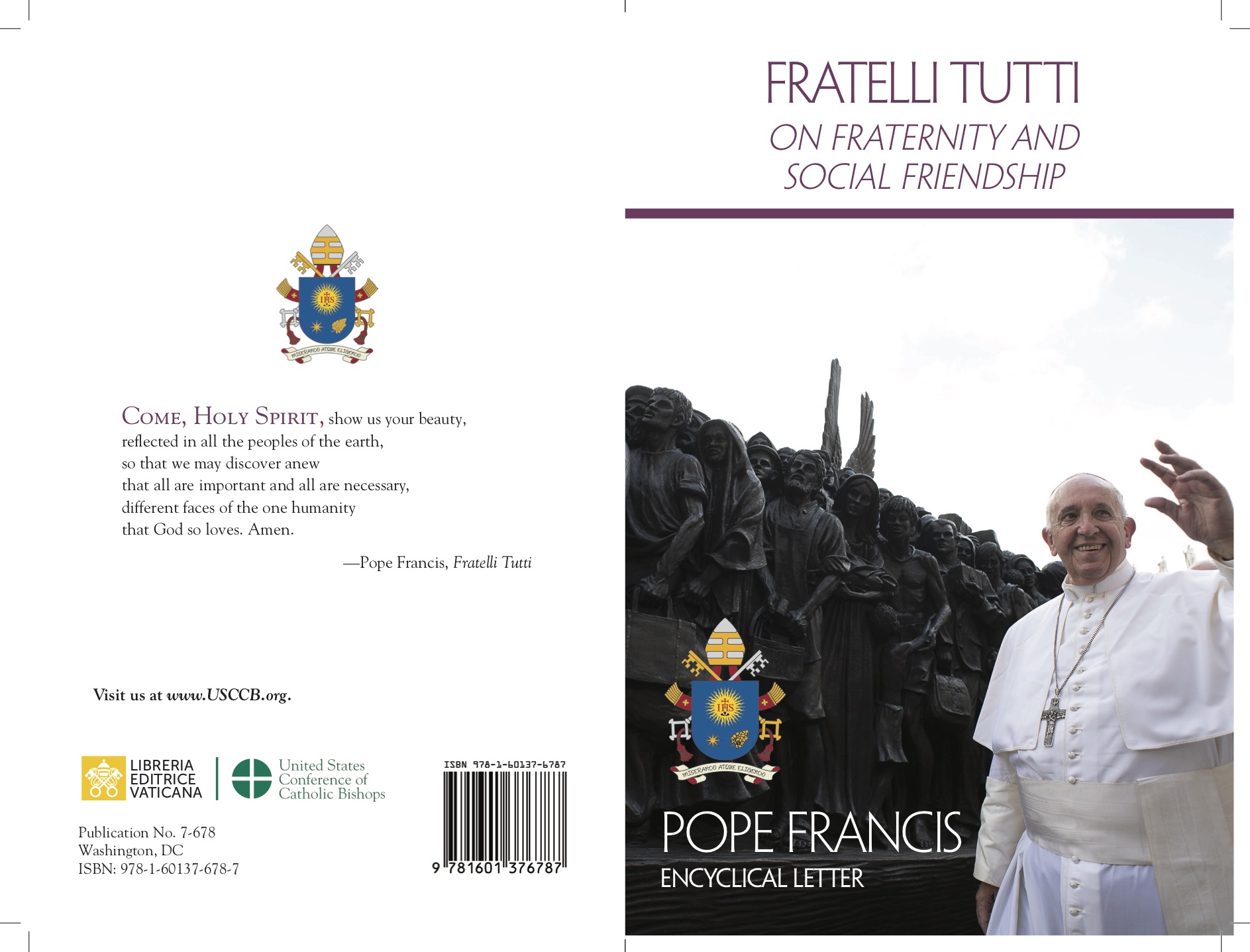
“The story of our family is common to so many other families we have met on our journey. It is the story of a couple who wanted to have children but, at a certain point, realised they could not have any. So we first followed a long and troubled path that led us to be eligible for the adoption of one or more children. Then, while we were following this path, we discovered what it means to foster: we really liked it, for it meant being both temporary and meaningful to minors entering a family. Despite having been granted eligibility for adoption, in the end we decided to abandon that path and instead open ourselves heart and mind to the journey of fostering”. Carlo, Elisa and little Francesco (not their real names, ndr) represent one of the 13,200 Italian families who have chosen to foster a child.
Before telling their story, however, it is important to understand the difference between pre-adoptive foster and foster care. It is necessary to remember this because the two are often confused. Pre-adoption foster care is the initial stage of adoption, of cohabitation between a child and the prospective adoptive parents. Foster care, on the other hand, is the temporary care of a minor, whose biological parents find themselves in temporary difficulty and are unable to look after the child for various reasons. According to the latest report of the Ministry of Labour and Social Policies (2021), the most prevalent age group in foster care is between 11 and 14 years old (29.8 percent), followed by the group aged 15 to 17 years of age (27.5). The percentage rate for children from 3 to 5 years of age is much lower (10.2 percent) as is that for the age group from birth to 2 years old (4.5).
Francesco was two and half years old when he entered Carlo and Elisa’s family four years ago: a lively child, full of energy, always looking for adventure. He arrived at the couple’s home shortly after the Covid-19 lockdown. He should have arrived earlier, but the pandemic delayed the long-awaited moment. In this unique period, their parental creativity managed to turn a waiting period into a fruitful one for them and the child. Carlo and Elisa were able to communicate with little Francesco thanks to video calls: “To start to build a bridge between us and him, we came up with different ways to communicate with him. The protagonist of the invention was a stuffed duckling that we animated in front of the mobile phone screen. This way, a bad period turned out to be very constructive instead”. Then, finally, Francesco entered the home. Elisa says: “We often think back to the first time we met. It is a memory filled with mixed and intense emotions: we were all enthusiastic about starting out on this path — rather crazy but very much felt and sought after; about finding out who this special little person was, what he was like, who we were going to welcome in the family, but there was also the concern about looking after him in the best way possible, about being careful and attentive on how we entered into his life”.
Then, finally, the encounter: two previously separate lives intertwine, merge into one love. Very often there is the idea that it is the child or adolescent who has to entrust themselves, whereas most of the time it is the foster parents who have to learn to do so. It is somewhat the oxymoron of life. But what does it mean to foster a child? “It means many things”, Elisa says. Responsibilities alternate with emotions. “It means accompanying him for the time he is in our care; accepting his story and together with him the story of his birth family; helping him to heal his wounds. But above all it means being loving parents, in everyday life: giving him the warmth and love of a family”.
Fostering is not an easy path, which is why it is also supported by a number of organizations, like Ai.Bi. (Associazione Amici dei Bambini [Friends of Children Association]). Established in 1986, this non-governmental organization works alongside young children in institutions all over the world every day, to combat the emergency of abandonment and to accompany many families along the fostering and adoption path. It operates in Italy and has a national office and 25 regional offices and information points in all regions; it is present in about 30 countries, in Eastern Europe, the Americas, Africa and Asia. Elisa explains that “the support of the whole Ai.Bi. team is indispensable, especially that of educators and psychologists, together with the network of other Ai.Bi. foster parents, with whom we fruitfully discuss the possible problems of Francesco’s growth; problems that in a certain sense are those of any child in the development phase. Of course, given the delicate situation, sometimes we also had to deal with some issues that were not exactly canonical”. For example, at the beginning of his cohabitation with his new parents, when little Francesco was thirsty for attention during an outing in the park, he would “mix” with other families because he was attracted more by adults than by the other children”. He would search for the other parents’ hands, for their affection. Later, “over the years he understood that we are there for him”. A special bond was established, and Francesco “has acquired greater tranquillity, and seeing him be autonomous is a double achievement, because it not only means that he is growing well, but that he feels safe knowing he can count on us”.
And it is Carlo and Elisa whom Francesco will most likely have to rely on until he turns 18. It is natural to ask the parents how they picture Francesco once he has come of age: “To imagine him today at 18 is difficult. We simply hope that he can reach his full potential and become a beautiful person”.
Antonio Tarallo













 Purchase the Encyclical here Fratelli Tutti
Purchase the Encyclical here Fratelli Tutti
